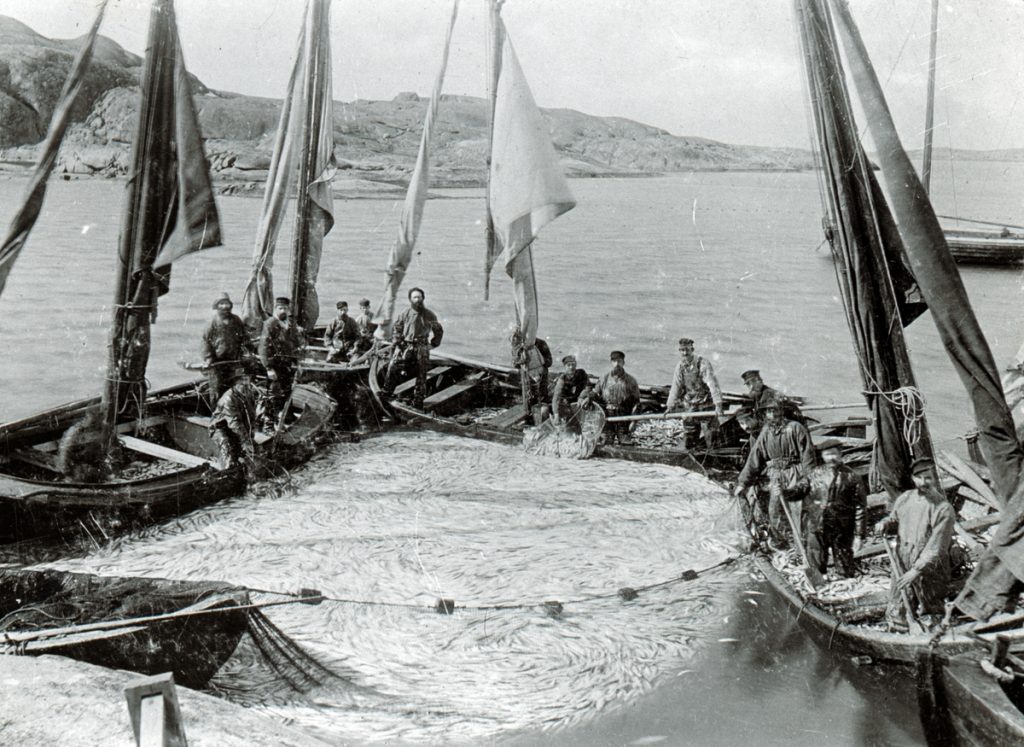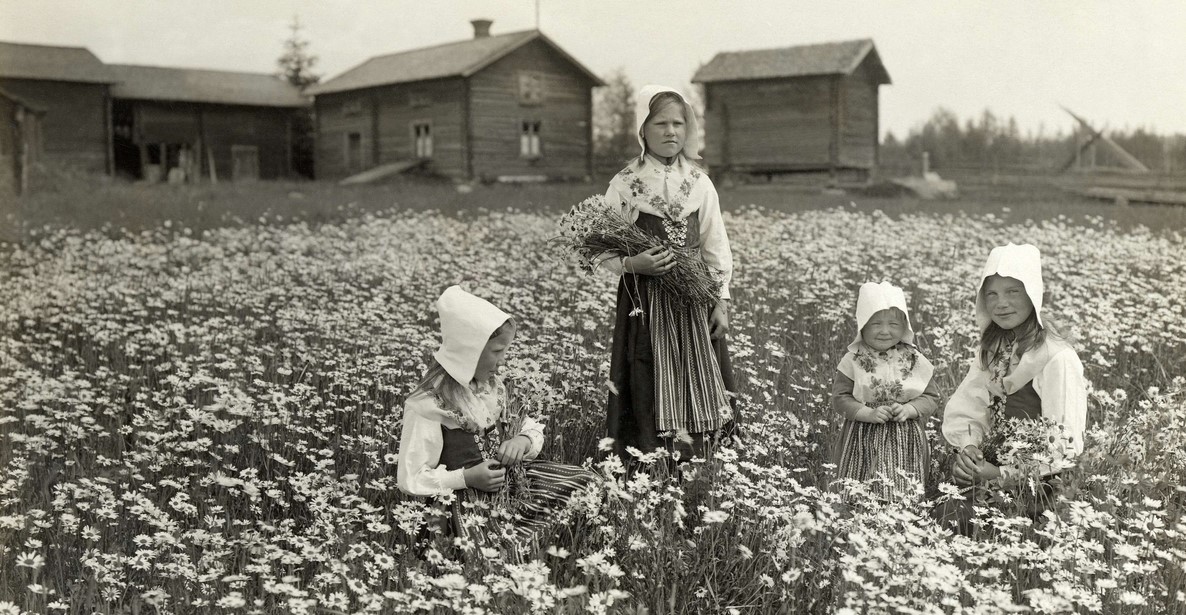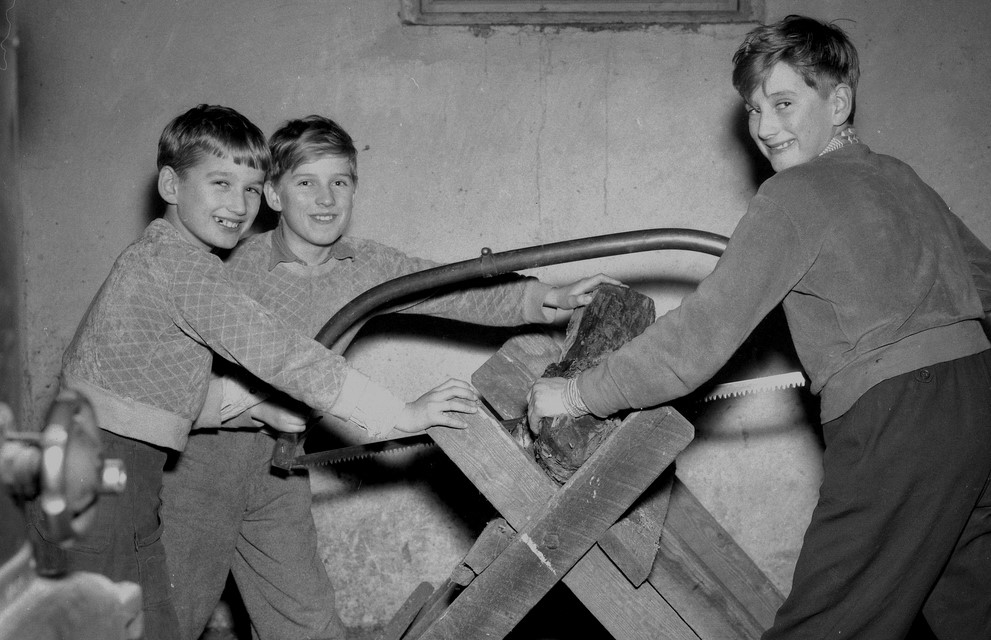
Work together
“Things turn out better when you make them together!”, said Elisabeth Standár during our webinar session on collaborations on the basis of open cultural heritage data. This quote sums up perfectly the subject of the “Work together” session as we explore the possibilities and challenges of working together with SOCH, Europeana and Wikimedia. From very different perspectives, Maria Carlsson (Swedish National Heritage Board), Barbara Fischer (German National Library), Elisabeth Standár (Internetmuseum) and Liam Wyatt (Europeana/Wikimedia Foundation) shared their insights in how collaboration with open cultural heritage data networks and organisations can support and help your institution.
Watch the whole session on the Swedish National Heritage Board’s Youtube channel.
Sharing data on a national and international level
Maria Carlsson kicked off the session with an introduction to SOCH (Swedish Open Cultural Heritage) or K-samsök in Swedish (presentation in Swedish). It is a technical infrastructure to aggregate metadata and a web service for cultural heritage institutions. SOCH’s vision is to offer a single access point to Swedish digital cultural heritage data to make them easy to find and use. With more than 70 institutions that share their data with SOCH, it provides access to more 8 million objects, among other artworks, objects, photographs, buildings, archaeological relics and much more. It has also become a vital network for its data partners to meet and discuss common challenges and problems. Maria highlighted that there are many benefits of sharing your data with aggregators such as SOCH: Your collections reach wider audiences and become linkable to other cultural heritage objects in other institutions. Other organisations, but also the Swedish National Heritage Board itself, can then use your material in social media and marketing so it becomes visible beyond your own institution.
SOCH is mostly focused on Swedish heritage institutions – but it also connects data to institutions all across Europe as it is the national accredited aggregator for Europeana in Sweden. Europeana is the digital European platform for cultural heritage. Institutions from all across Europe can share their data with Europeana, and today, you can browse through millions of objects on their website. Europeana offers several possibilities to explore their content, from thematic collections to articles and galleries. Through campaigns such as Migration or Europe at Work, Europeana also collects user-generated content to diversify our collective memory (have a look at our session on this topic). Apart from being a digital platform, Europeana is also a network of cultural heritage professionals who are organised in the Europeana Network Association. There are possibilities to work together with international colleagues on common challenges such as copyright or impact.

Taking your data to the global level with the help of collaboration
The third possibility to work together with organisations and networks presented in this session was the Wikimedia Foundation with its sister projects. Liam Wyatt gave a short introduction into the subject:
“GLAM-Wiki is the idea of connecting between the cultural heritage or memory institutions and the Wikimedia network of partner websites, affiliate organisations and the wider global community involved in those.”
He highlighted some of the most relevant Wikimedia projects to the cultural heritage sector and explained their role and functions – from Wikipedia, the online encyclopedia, and Wikisource, an open-source library, to Wikimedia Commons, a multimedia repository, and Wikidata, a semantic database and youngest project of Wikimedia.
After getting to know those three organisations, networks, and projects, from national (SOCH) and European (Europeana) to global (Wikimedia), we discussed the chances and challenges of cooperating with these with Liam and Barbara Fischer. They advocated for open access to digital cultural heritage data – and they demonstrated how this is not only in the interest of the users but also of memory institutions themselves. Visibility for your data, but also for your institution was one of the major arguments mentioned in the discussion:
“Sharing your data with an aggregator such as Europeana or SOCH will increase your visibility and will also help you to get connected to a community that is interested in your data and might like to enrich your data as well.” Barbara Fischer
Reaching out to existing and new audiences online was a vital part of the discussion. Communicating and spreading knowledge about your collection is at the heart of most GLAM institutions’ missions. And nowadays there are more ways to engage with these – on the basis of your data.
“The raison d’être of a cultural heritage institution is to ensure that the material is collected, preserved – and shared. That can traditionally be through exhibitions in-house […] but shared means to an audience that is necessarily larger and wider than those who can physically enter the building. Obviously, the internet is the easiest way to do that these days.” Liam Wyatt
Especially in the digital realm, your audience is not only looking for top-down information. Cooperating with Wikimedia projects, Europeana or SOCH does also open new ways of participation and engagement. Volunteers can help you find new perspectives on your collection objects, re-use and link them to (digitised) collections all around the world.
“It’s not users – it’s a community. User-generated content or UGC is uploading my own stuff – community requires that there’s actually interaction and engagement among and between the people.” Liam Wyatt
There is unfortunately often a focus on big, national institutions in the cultural heritage sector – but in the discussion, our guests pointed out that smaller institutions can have advantages concerning opening up their collections by digital means: They are more flexible and can move faster than big institutions. It is not the size of your institution or data sets that matter when you want to cooperate with these networks, but your data quality – a chance for smaller institutions in the open GLAM world, as we concluded in the discussion with Barbara and Liam.

Opening up to spread your knowledge
For our last presentation, we turned to this specific perspective of small institutions and listened to Elisabeth Standár’s experiences with Wikipedia as a channel for cultural heritage institutions (presentation in Swedish). The Internetmuseum is a relatively young and purely digital institution – the question was how the museum could fulfill its mission to spread knowledge about the internet’s history in an open way. They turned to Wikimedia Sweden and hired a Wikipedian in Residence, Emma Rydberg. She started to write and enrich articles on Wikipedia and used references and knowledge of the museum. The aims of this on-going cooperation were first to make it easier for people to find facts about the internet’s history at an online place where many people turn to find information – Wikipedia. Second, they wanted to increase the organic traffic on the Internetmuseum’s page. And last but not least establish the Internetmuseum as a source of information on the web. In the end, Elisabeth presented numbers on their website traffic – and the organic traffic has increased almost fivefold since they started their use of Wikipedia as a channel.
To sum it up – why should we work together? Because cooperation is essential to the digital realm:
“The digital transformation makes it easy for you to cooperate – but it also asks you to do so. If you’re just staying by yourself, you are not really taking advantage of digital transformation.” Barbara Fischer
Take-away lessons
- There are many different organisations and networks that a cultural heritage institution can cooperate with when opening up and sharing their collection data online, such as SOCH, Europeana or Wikimedia.
- Sharing your institution’s data with networks and organisations such as these can increase your visibility and link your collections to cultural heritage objects across the world.
- Reaching out to new audiences online can also help you find new perspectives on your own collection – and if you engage with communities online, volunteers might help you with enriching your data or create new things with it.
- Sharing the knowledge based on your collection is one of the basics of most GLAM institutions’ missions – and working together with SOCH, Europeana, Wikimedia or others can support you in reaching this goal.
Go to the next session: Copyright between protection and democratic freedom!
Further information
- GLAM-Wiki initiative
- Alexander D. Stinson, Sandra Fauconnier, Liam Wyatt (2018): Stepping Beyond Libraries: The Changing Orientation in Global GLAM-Wiki. JLIS.it 9(3).
- Sandra Fauconnier (2019): Data Roundtripping: a new frontier for GLAM-Wiki collaborations. Wikimedia Space.
- Wikimedia Deutschland (2019): Wikidata Use in Cultural Institutions. Research Report. CC BY-SA.